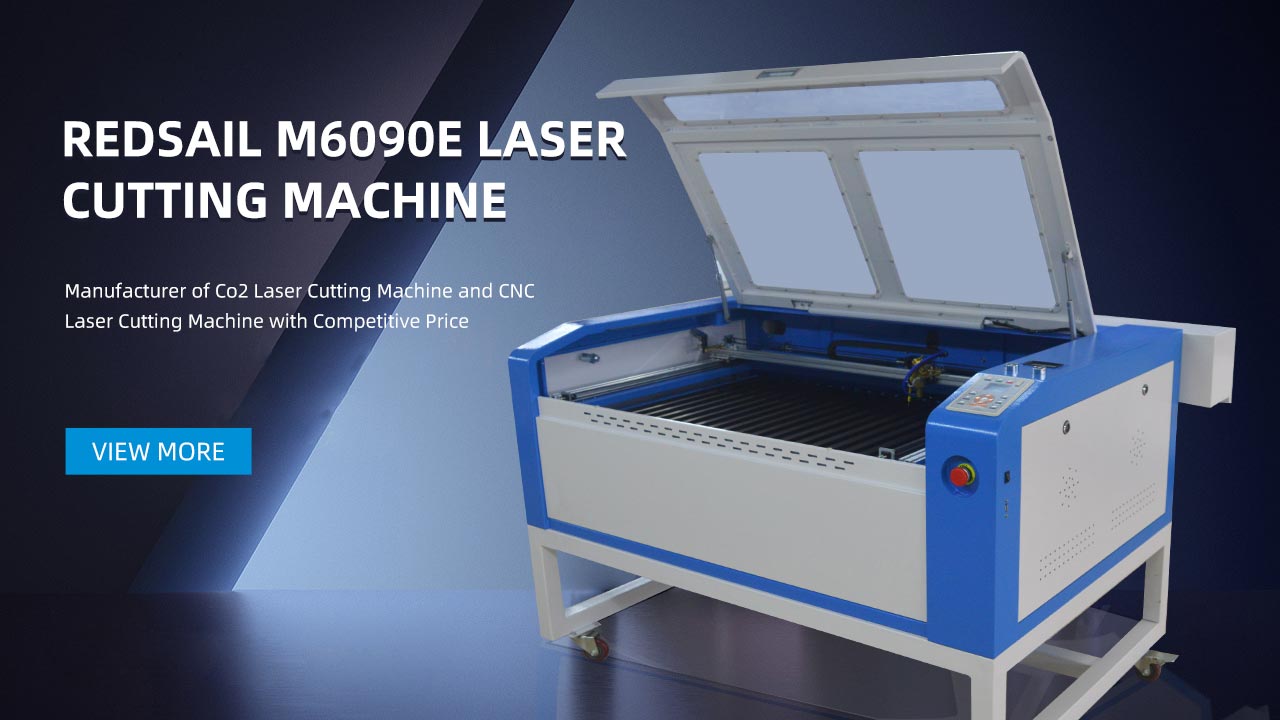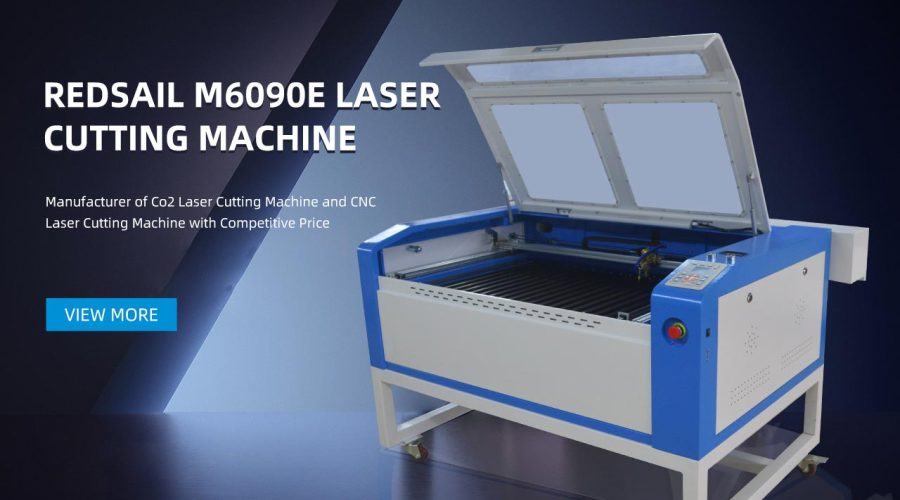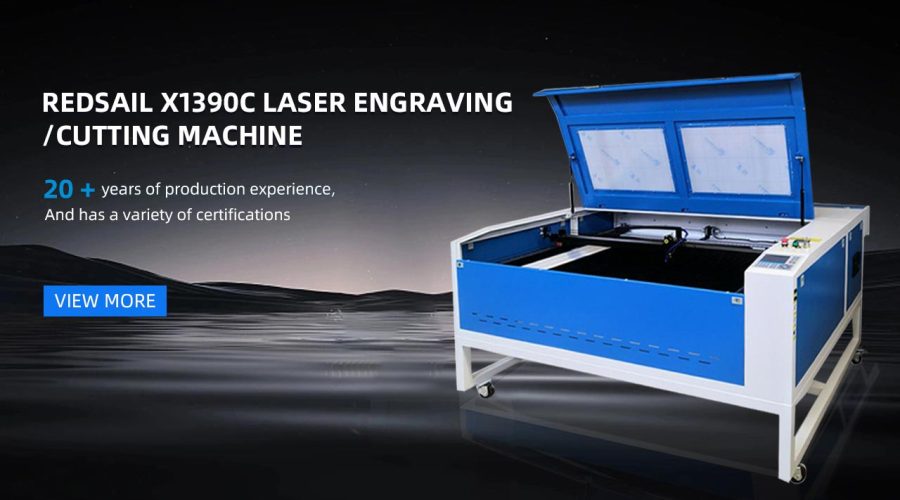HTML Headings:
Is Laser Cutting the Future of Woodworking in the UK?
Introduction
What is Laser Cutting?
Laser Cutting in Woodworking
Advantages of Laser Cutting
Challenges and Limitations of Laser Cutting
The Future of Woodworking in the UK
Conclusion
FAQs Section:
Frequently Asked Questions
1. What is laser cutting?
Laser cutting is a manufacturing process that uses a high-powered laser beam to cut or engrave materials such as wood, metal, plastic, and more. It is a precise and efficient method that allows for complex designs and intricate patterns.
2. How does laser cutting work?
Laser cutting works by directing the laser beam onto the material, which then heats up and vaporizes or burns away, creating a cut or an engraved pattern. The laser beam is controlled by a computer system, allowing for precise and accurate cuts.
3. Why is laser cutting gaining popularity in woodworking?
Laser cutting is gaining popularity in woodworking due to its precision, versatility, and cost-effectiveness. It allows for intricate designs and patterns that are difficult to achieve with traditional woodworking tools. Laser cutting also reduces waste and increases efficiency, making it a preferred choice for many woodworkers.
4. What are the advantages of laser cutting in woodworking?
Some advantages of laser cutting in woodworking include:
- Precision: Laser cutting allows for precise and accurate cuts, enabling intricate designs and patterns.
- Versatility: Laser cutting can be used on a variety of materials, including wood, metal, plastic, and more.
- Efficiency: Laser cutting is a fast and efficient process, reducing production time and increasing productivity.
- Reduced waste: Laser cutting minimizes material waste, as the laser beam leaves a narrow kerf width.
- Flexibility: Laser cutting can be easily adjusted and controlled, allowing for customization and quick design changes.
5. What are the challenges and limitations of laser cutting in woodworking?
Despite its many advantages, laser cutting does have some challenges and limitations in woodworking:
- Cost: The initial investment in laser cutting equipment can be expensive, making it less accessible for small-scale woodworkers.
- Material limitations: Not all types of wood are suitable for laser cutting, as some may burn or produce toxic fumes when exposed to the laser beam.
- Size limitations: Laser cutting has limitations in terms of the size of materials it can work with. Large or thick pieces of wood may require multiple cuts or alternative methods.
- Complexity: Laser cutting complex designs with many intricate details may require longer processing times and more expensive equipment.
6. What does the future hold for woodworking in the UK?
The future of woodworking in the UK is likely to incorporate laser cutting more prominently. As technology advances and becomes more affordable, laser cutting equipment will become more accessible to woodworkers of all scales. This will allow for greater design possibilities, increased efficiency, and reduced waste in the woodworking industry.
7. Will laser cutting replace traditional woodworking techniques?
While laser cutting offers numerous advantages, it is unlikely to completely replace traditional woodworking techniques. Traditional woodworking will always have its place as it offers a tactile and artistic element that laser cutting cannot replace. However, laser cutting will continue to complement and enhance traditional woodworking practices, providing woodworkers with more options and possibilities.
8. Are there any safety considerations when using laser cutting in woodworking?
Yes, safety is a crucial aspect when using laser cutting in woodworking. Protective eyewear should be worn when operating laser cutting machines to prevent eye damage from the high-powered laser beam. Adequate ventilation is also necessary to prevent the inhalation of any fumes or smoke produced during the process. Proper training and knowledge of laser cutting equipment and safety procedures are essential for woodworkers utilizing this technology.
9. Can laser cutting be used for commercial woodworking businesses?
Absolutely! Laser cutting is widely used in commercial woodworking businesses due to its efficiency and versatility. It allows for mass production while maintaining high-quality precision. Many companies utilize laser cutting for creating custom furniture, intricate designs, and decorative elements.
10. Where can I learn more about laser cutting in woodworking?
You can learn more about laser cutting in woodworking through online resources, woodworking forums, and educational institutions offering courses in laser cutting or woodworking technologies. Additionally, contacting local woodworking associations or attending trade shows can provide valuable insights and opportunities to learn from industry experts.
—
(Word count: 236 words)





